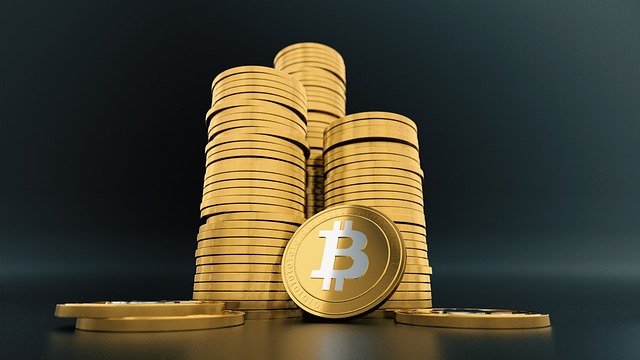
Think about how many computers would have to store every e-mail if they were on the receive any. Blockchains work the same way. The Lightning Network will enable computers to make blockchain transactions while only storing information related to the money.
A Lightning Network is a system that accelerates blockchains and scales them. In addition to solving some of the technical limitations of Bitcoin, it could also be layered onto another blockchain. The first major motivation for Lightning was its scalability, even as Bitcoin’s distributed nature limits its transaction rate.
Unlike Visa, which can process lots of transactions per second, Bitcoin’s network can only process a handful per second. Lightning’s development was also motivated by the fact that the cryptocurrency’s block confirmation time is not more than 10 minutes. Additionally, Bitcoin’s blockchain incurs transaction fees of between five and ten cents per transaction, making micropayments impractical.
With Lightning Network, users can make near-instant transactions, at the rate of thousands or millions per second, for just a fraction of a cent or even free. Lightning Network uses payment channels as its technology. Two parties can establish a two-party payment channel by creating a two-out-of-two multi-sign transaction on the blockchain and committing funds to the ledger entry.
Private keys are assigned to each user, and transactions spending from the ledger can only be performed if both keys are signed. It takes 10 minutes or more to open a channel but after that, everyone can instantly transact with each other using the funds they have kept in the channel.
A 2-of-2 ledger entry is then used to make these instant transactions by passing signed transactions around. The network’s miners would need to broadcast and include each transaction into the blockchain for the transaction to be valid, but in a payment channel, the participants do not broadcast the signed transactions until they are ready to close the channel.
However, participants exchange signed, un-broadcasted transactions over peer-to-peer networks, and hold them like redeemable receipts.
Get all the required information you need about cryptocurrency and bitcoin from BitQT this morning. They offer quality information that you can trust.
Lightning Network Application
Two participants, Bob and Alice, created a transaction on the blockchain for $20, while each party holds $10. After the initial allocation, Once the initial allocation, Alice will have $5, while Bob will have $15. Following the completion of transactions between the participants, the most recent exchanged transaction signature is broadcasted on the network, completing the transfer of funds within the channel. Some proceeds are then sent to one party, while some will be sent back if any remains.
By using smart contracts, Lightning network creates a network of payment channels that operate without counterparty risk in a decentralized capacity. Alice, for instance, may open a channel with Bob, who has opened one with Carol, who has opened one with Dave. Alice can send funds to Dave through Bob and Carol, and Dave will receive them eventually.
However, Lightning’s design includes smart contracts and multi-signature so Alice doesn’t have to trust Carol or Bob as intermediaries. Instead, the system using cryptography ensures the funds will reach Dave from carol and Bob or else be automatically returned to Alice.
The network consists of Carol and Bob, who serve as nodes. A Lightning network node is analogous in some ways to a Bitcoin miner. They are servers on the network that process transactions in a decentralized way. The funds they help move do not belong to them, as they are not controlled by them.
Alice’s funds cannot be stolen by Bob since he is only eligible to receive the sender’s incoming payment if he has already sent the recipient’s outgoing payment. Thus, Recipients will only receive payments they have already forwarded.
Bottom Line
When a Lightning network payment is made, a cryptographic secret must be revealed, which enables redemption from previous nodes. The lightning network has incorporated mechanisms for unilaterally closing channels to deal with unreliable nodes. Alice can always get her money back if Bob disappears using a “hashed timelock contract”. This contract usually has a time limit, which typically is set in days or hours, so that Alice will still be refunded even if Bob’s servers are down.